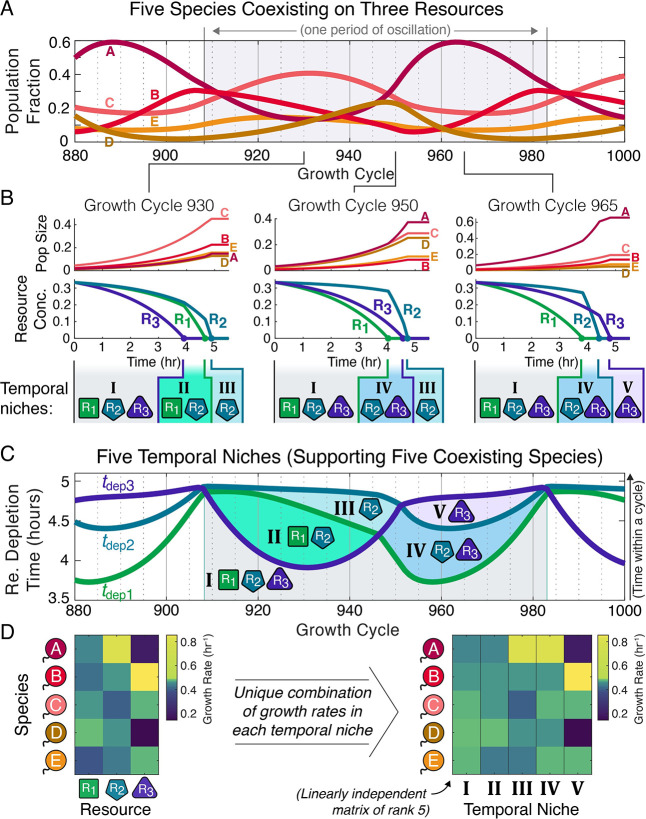Fig 2. Oscillations allow for highly diverse communities due to an emergent temporal-niche structure with more distinct niches than resources.
(A) Population fractions at the end of each growth cycle for the example of five species coexisting on three resources presented in Fig 1C (Section A in S1 Text for parameters). (B) Growth and resource-consumption dynamics on three different growth cycles. Top row shows population growth over the course of each growth cycle, while middle row shows decaying resource concentrations. Because each resource is depleted at a different time, species grow first in the three-resource environment, then in a two-resource environment, and finally in a single-resource environment. These sequentially realized environments are “temporal niches”. Fluctuating population sizes cause resources to be depleted in different orders on different growth cycles, so which temporal niches occur also varies, as is highlighted in the bottom row. (C) Resource depletion times (with tdep i being the time spent in a cycle until resource Ri is depleted) across the entire period of the oscillation show a total of five temporal niches. Lines show the resource depletion times and shaded regions highlight the temporal niches. (D) Species’ growth rates by resource (left) and in each temporal niche (right). Species only have one growth rate per resource, but their differing resource preferences produce different combinations of growth rates in each temporal niche such that each niche becomes a distinct growth phase with independent dynamics.

